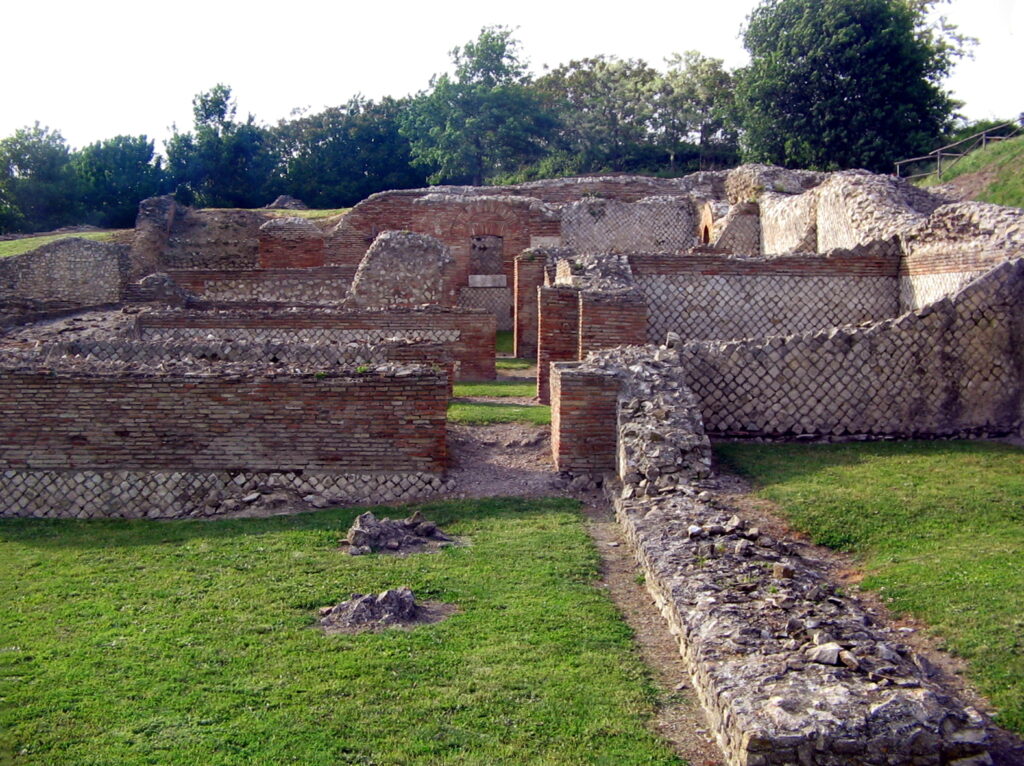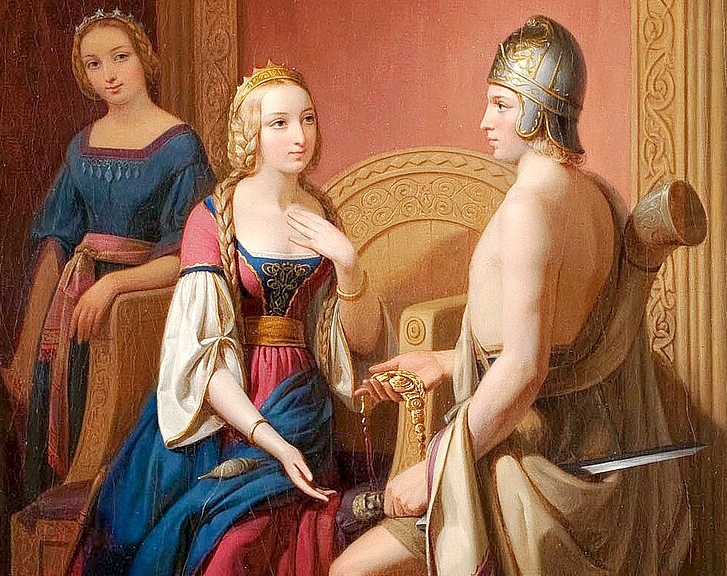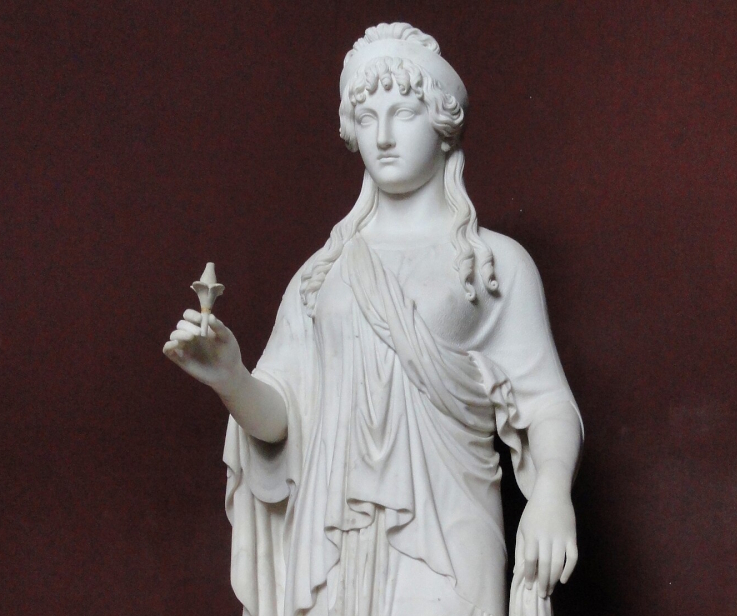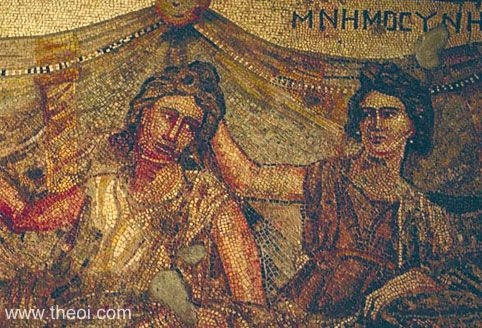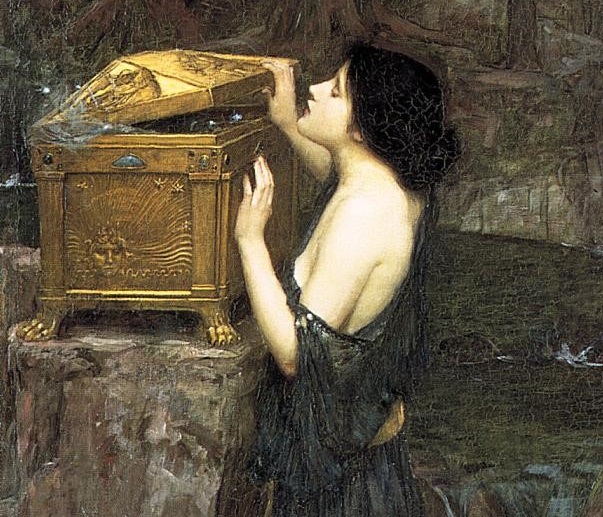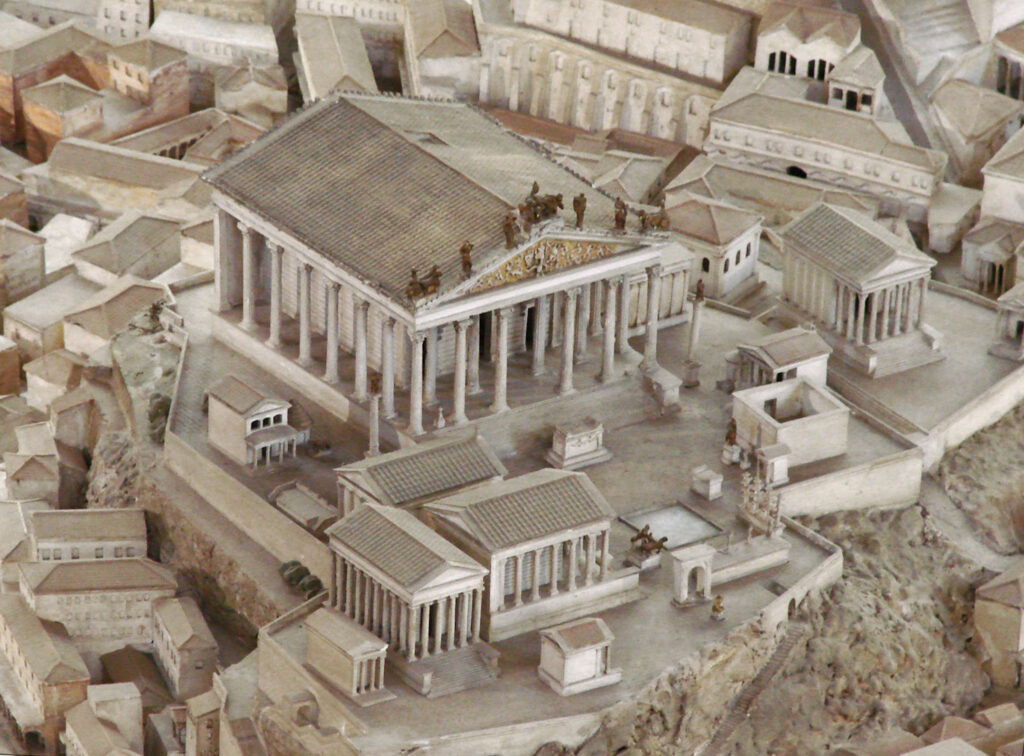Focus On: (377) Campania
Name origin: Campania, a region of south-west Italy. Occupied by several Italic tribes since the beginning of the 1st millennium BCE. The Etruscans and Greeks established colonies in the Campanian Plains and in Naples respectively, before it became part of the Roman republic by the end of the 4th century BCE.
Focus On: (377) Campania Read Post »

